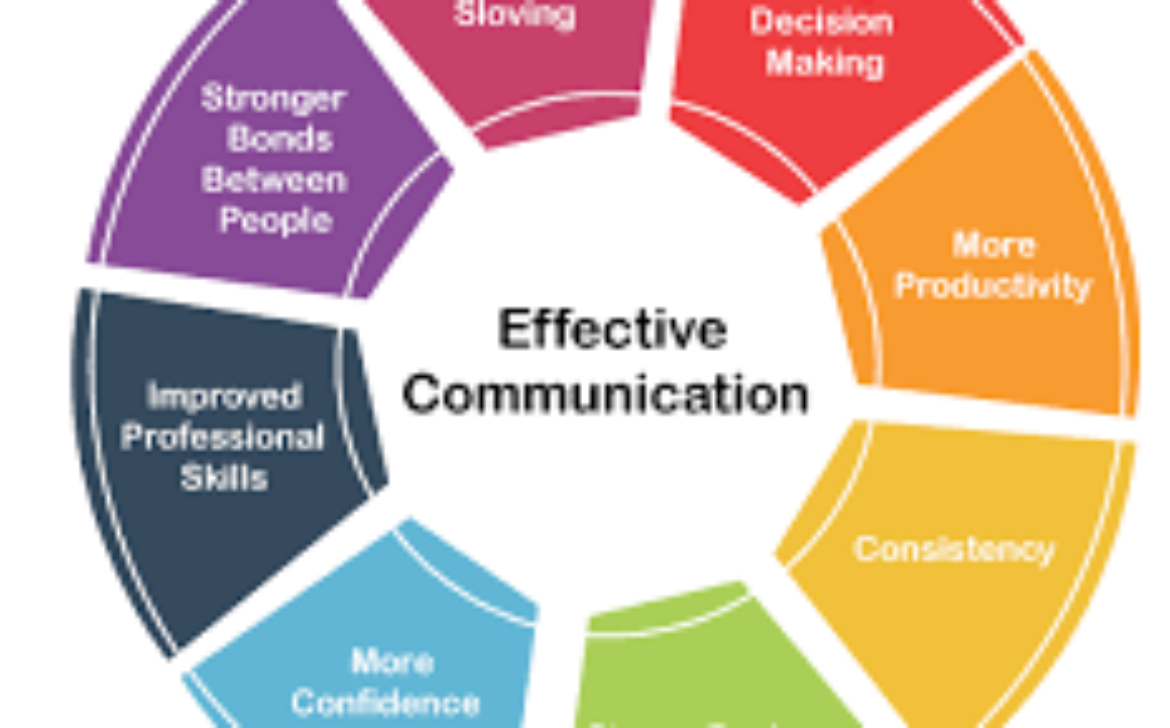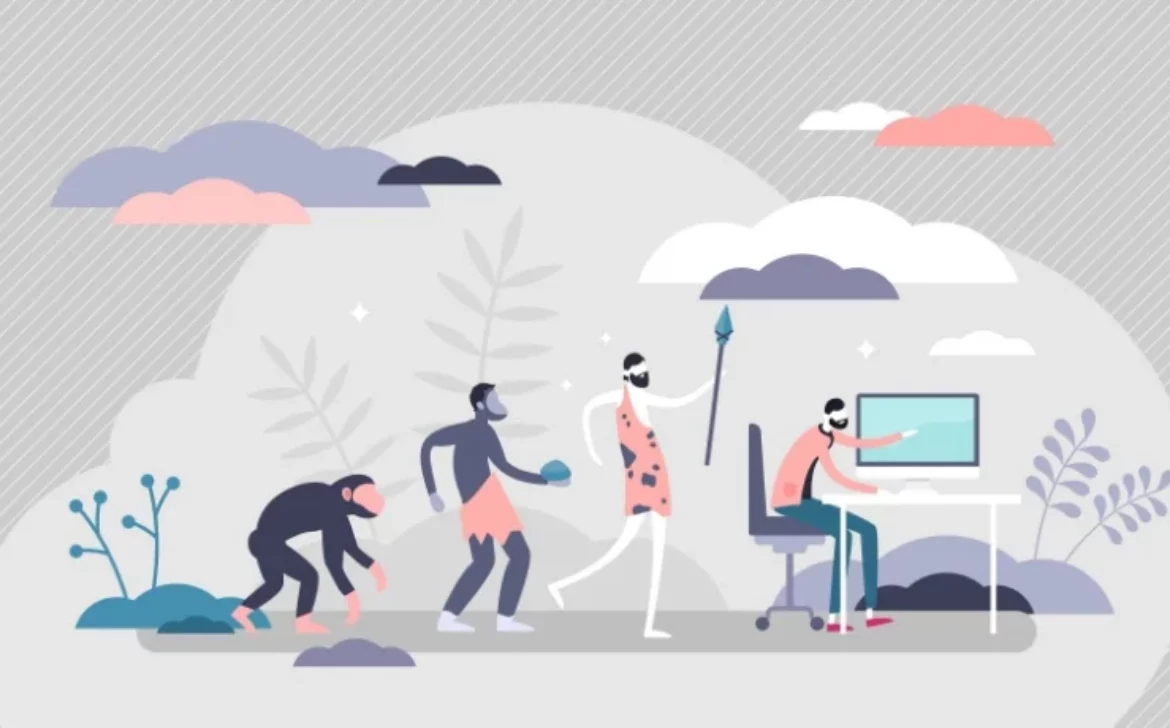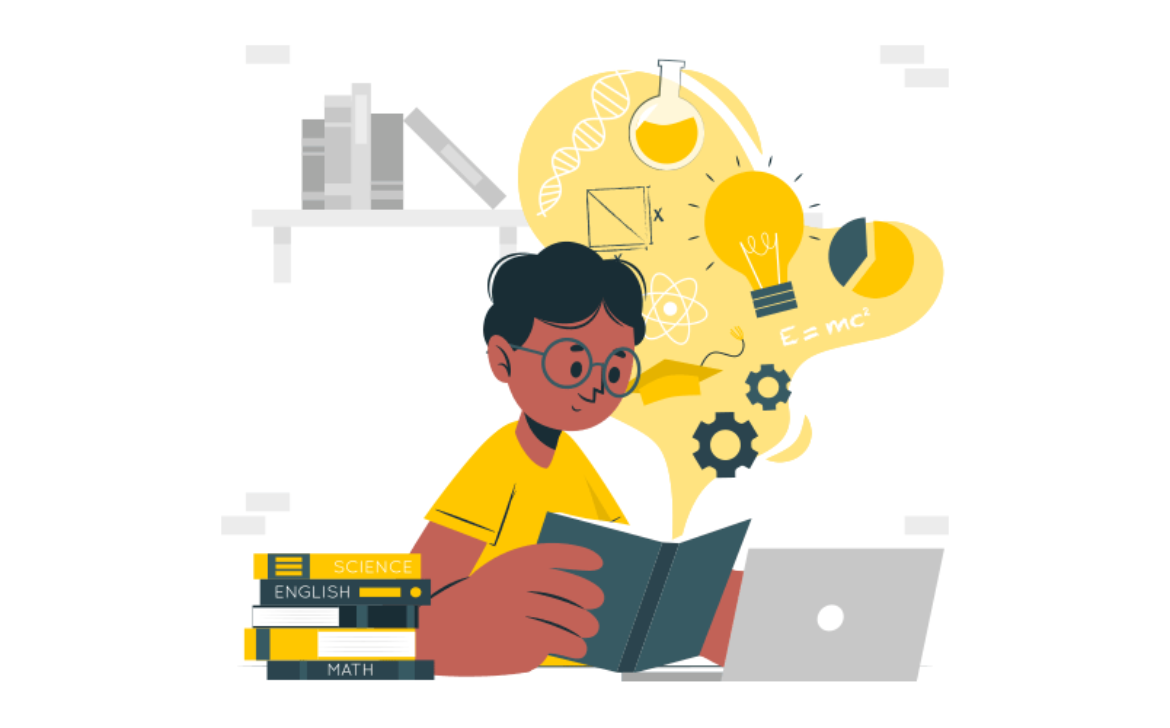Quantum Technology: Unleashing the Power of Quantum Mechanics
Introduction:
In the rapidly evolving world of technology, quantum technology stands out as a beacon of promise. Rooted in the enigmatic principles of quantum mechanics, this cutting-edge field has the potential to transform our reality. Join us on an extraordinary journey into the captivating realm of quantum tech, delving into its foundational mysteries, breakthrough applications, and breathtaking potential.
Embracing the Quantum Enigma:
Quantum mechanics, a realm of physics with paradoxes and probabilities, challenges our understanding of the universe. Discover the fascinating concepts of superposition and entanglement that form the heart of quantum mechanics, laying the groundwork for quantum technology.
Quantum Computing: Unraveling the Power of Qubits:
Experience the wonders of quantum computing, where qubits hold the power to exist in multiple states simultaneously, unlocking unparalleled computational capabilities. From simulating molecular interactions to optimizing financial portfolios, quantum computing offers boundless possibilities.
Quantum Communication: Securing the Unbreakable Code:
Enter a new era of communication with quantum key distribution (QKD). Learn how entanglement ensures unbreakable encryption, safeguarding sensitive information from prying eyes.
Quantum Sensing and Imaging: Illuminating the Unseen:
Explore the potential of quantum sensors, which detect the tiniest changes with remarkable precision, transforming fields like brain mapping and Earth surveying. Discover quantum imaging techniques, like ghost imaging, fueling discoveries in astronomy and nanotechnology.
Navigating the Quantum Roadblocks:
While quantum technology holds immense promise, it faces challenges like decoherence and noise. Learn about ongoing research and advancements to overcome these obstacles.
The Quantum Future: A World Transformed:
Experience a world of limitless possibilities as quantum tech reshapes industries and innovations. Discover how pioneering research hubs and industry leaders race to unlock the full potential of quantum mechanics.
Conclusion:
Embark on an exhilarating adventure into the world of quantum technology, where science and innovation converge to redefine our reality. The journey into the quantum realm promises to reshape the very fabric of our existence, unveiling a future where the power of quantum mechanics knows no bounds. Embrace the possibilities and join us as we navigate the quantum roadblocks, standing on the precipice of a transformative era.










